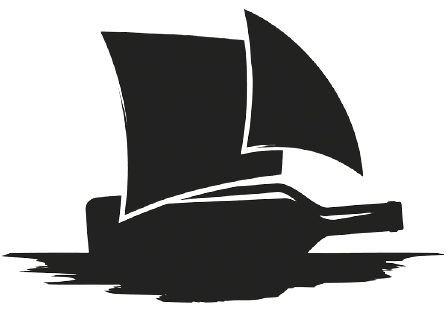What are the ends of a USB cable called?
What are the ends of a USB cable called?
USB cables have two ends, and each end can be different. On one end of the cable is the A connector. The other end, most likely, has the B connector. The A connector is rectangular.
What are the parts of a USB cable called?
The female connector mounted on the host or device is called the receptacle, and the male connector attached to the cable is called the plug. The official USB specification documents also periodically define the term male to represent the plug, and female to represent the receptacle.
What are the 5 pins in USB?
USB cables come with one of five different basic types of USB connector: A, B, mini B, micro B, and C. The micro connector comes standard on most non-Apple mobile phones and many other portables, though USB-C connectors are slowly replacing them in the newest generation of devices.
Is micro USB same as USB-C?
USB Type-C has an oblong-shaped plug and is slightly bigger than Micro-USB. It can be inserted either side up. Micro-USB can only be plugged in one way and has two hooks at the bottom to hold the cable in place.
Are all USB cables the same?
USB cables that share the same type are universal. However, there are now different types of USB cables and ports that range in shape and size, and therefore, are not universal with other type USB cables without the use of an adapter.
What are different USB types?
What are the different types of USB cables?
- USB-A. USB-A is most commonly used with computers or power outlets.
- USB-B. USB-B ports are mostly used to connect printers or external hard drives with computers.
- Mini-USB.
- Micro-USB.
- USB-C.
- USB-3.
What is male female USB?
USB-A Connectors USB-A female is the standard “host” connector type. USB-A male is the standard “peripheral” connector type. Most USB cables will have one end terminating in a USB-A male connector, and many devices (such as keyboards and mice) will have a built-in cable terminated with a USB-A male connector.
Why is micro USB better than USB-C?
USB Type-C is more flexible and faster than micro USB. According to a survey, Type-C port can be used to input or output power, while micro USB can only input power. USB Type-C port has a fast charging speed for phones at 18 Watts and can charge laptops with a maximum of 100 Watts.
What is the difference between USB-C and USB A?
The USB-A has a much larger physical connector than the Type C, Type C is around the same size as a micro-USB connector. Unlike, Type A, you won’t need to try and insert it, flip it over and then flip it over once more just to find the right orientation when trying to make a connection.
Are all USB A to USB-C cables the same?
No, not all USB-C cables are equal. USB-C stands for the shape and type of connector, which is the same for all USB-C cables but not all cables support the same kind of protocols and transfer speeds. To use a Thunderbolt 3 product from Akitio, a Thunderbolt 3 cable is required.
What are the different types of USB chargers?
7 Different Types of Mobile Chargers Wall Chargers Desktop Chargers Car Chargers Green Chargers USB Chargers Multiport USB Chargers Emergency Chargers
What is a type B USB?
A type B USB connector is square with slanted exterior corners. It is connected to an upstream port that uses a removable cable such as a printer. The type B connector also transmits data and supplies power. Some type B connectors do not have a data connection and are used only as a power connection.
What is a mini USB connector?
Mini-USB. A mini USB, also known as a Type B USB cable or USB 1.0 connector, is a type of USB cable and port that is designed for mobile devices, such as smartphones, MP3 players, and cameras. Mini USB cables work in the same way that regular USB cables do, in that they carry power from the computer to a mobile device as well as data in both…
What size is an USB cable?
The USB 1.1 standard specifies that a standard cable can have a maximum length of 5 meters (16 ft 5 in) with devices operating at full speed (12 Mbit/s), and a maximum length of 3 meters (9 ft 10 in) with devices operating at low speed (1.5 Mbit/s).
